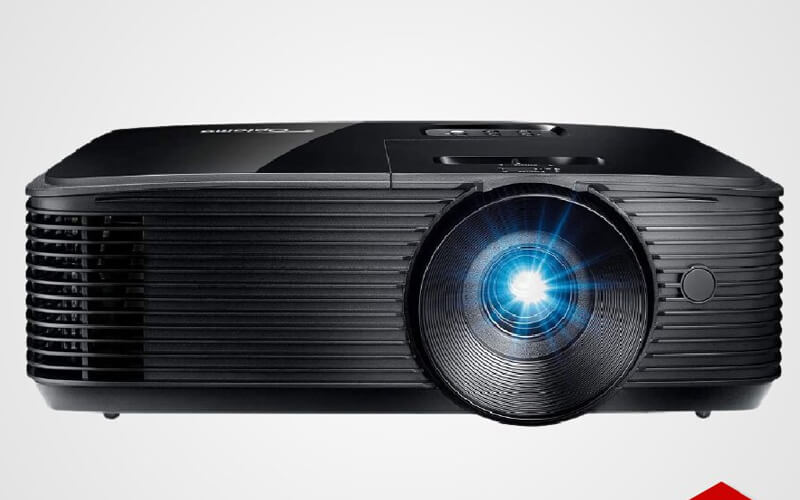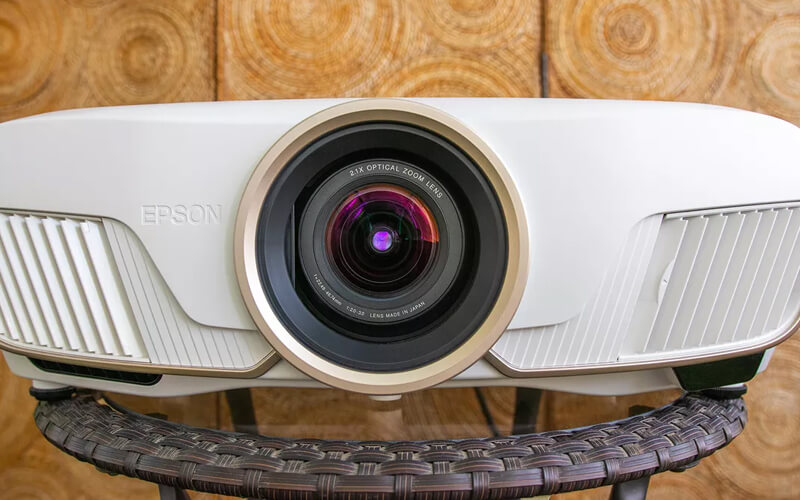How to choose a projector for home? How to Choose a movies projector? How choose a projector for business? Such types of queries we probably see when it comes to buying projectors online. Below are few things you always need to consider before buying any projector online. I’m sure these things will assist you to find the best projector online.
Table of Contents
How to Choose a Projector
-
Pixel Depth
Pixel intensity is proportional to a high-profile projector display. There are up to four screen resolution types defined by manufacturers for display quality. The two basic screen types for projectors are fixed-frame and retractable ones. The former is for home theater and gaming, and the latter used normally for presentations and business charts, etc.

Out of the four known resolution types, SVGA is the simplest with 800 x 600-pixel depth summing up to 480,000 pixels. SVGA is sufficient for presentations and text display only. For enhanced image and HD display, XGA is a perfect fit with 1024 x 768 pixels. WXGA is slightly better in quality having the same 1280 x 768-pixel dimensions but with a more in-depth view of movies and gaming.
For Full HD gaming and home theaters, opt for SXGA comprising 1280 x 1024 pixels and high screen to body ratio. It is best for widescreen displays and adapts easily with Smartphone’s via MHL.
-
3LCD vs DLP
3LCD projectors are from the relatively newer and more sophisticated breed. It works by dispersing a bright white light to Red, Green, and Blue through an embedded prism that in turn passes through the LCD panel. The colors are again reunited to singular in-depth image and project it through the lens.

For DLP, the projector light is rebounded to the chip. It contains a mirror each for all the included chips. The mirror reflects the image and enriches the lens with more colors at very high frequencies.
3LCD is better than DLP for its higher pixel ratio support and in-depth color projection. There’s no rainbow effect involved for artificial color saturation inside 3LCD projectors compared to DLP technology.
-
Connectivity Modes
Projectors display data in both wired and wireless modes. The wireless technology utilizes Wi-Fi connectivity from up to 100ft in the projector range. Wireless connectivity can also be achieved with USB dongle devices, including Amazon Fire-stick, Google Chrome cast, and Apple dongles. It is easier to connect and process when using Smartphone’s and laptops.

The wired mode involves HDMI and USB input via data connectivity cables. HDMI connectivity is seamless and efficient for some projectors and performs better in continuous data processing and involves no glitches when playing movies, high-end gaming, and presentations. Besides, they are cheaper than wireless projectors without needing dedicated software installation.
-
Response Rate
For professional and high-end solutions, the latency factor is imperative when buying an adept and need-oriented projector model. Especially for gaming purposes, a high response rate must be considered first before anything. The low latency rates, i.e. 2 – 5 ms works well for instant action response from a laptop, PC, or gaming consoles.

Thanks to the high response rate, you will never miss a millisecond of gaming in multi-player or racing modes requiring abrupt clicking. For home and business, it is generally not required to look for high response rate projectors as it adds extra cost and unnecessary burden to the projector profile.
-
Keystone Correction
Keystone correction maintains square image projection, corrects vertical alignment, and tilts manually for any additional display changes. When a projector is placed on an uneven surface, it looks tilted when images are projected to the screen. All the modern projectors have keystone correction for both manual and automatic alignment with the surface.
Inside an auto-adjustment, the lens is moved at multiple angles whereas manual Keystone correction works vertically up to limited angles. The normal Keystone correction varies between 10 – 40 degrees vertically. A few latest brands have a horizontal correction for a more intuitive display.

Summary
No doubt, there is variety of options available in the market when it comes to choosing the best projector. Along with these above mentioned things to consider before the projector, make it sure to keep your budget in mind a long with purpose. Purpose means the specific thing for which you are buying this projector.
You need to a projector for home theatre; your required projector would be the different ones than others. Same goes for business and movies projectors as well. The most important query is either the specific projector is meeting your basic need or not. Rest all features are secondary. Today we have specialized products for each and every problem. Keep that in your mind and make the right decision.

Faizan Ali is a Master in Computer Sciences and has been writing content for computing, gaming and mobile technologies since 2016. He has written content for number of online magazines, websites and blogs and now writes for “the buyers trend”. Feel free to contact him for any sort of writing for your technology related blog, website or magazine.